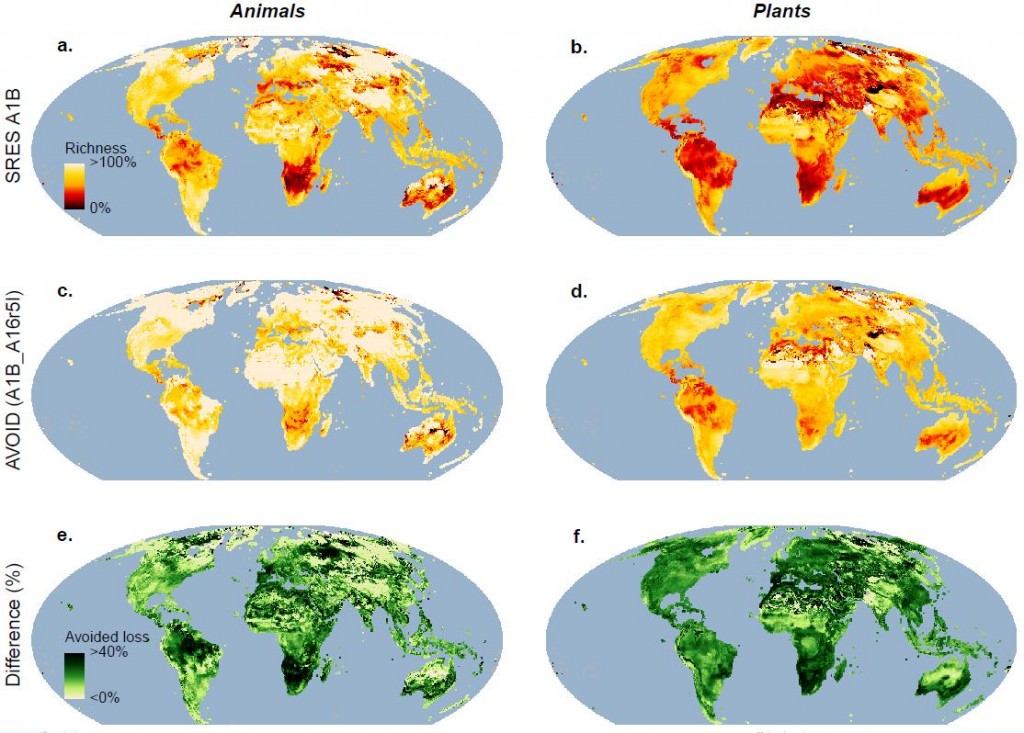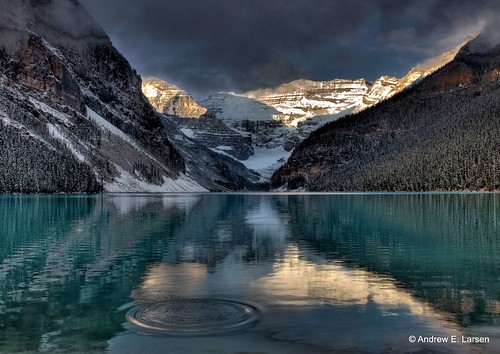Search Results for Tag: biodiversity
Waste disposal morphs to animals’ habitat
Once upon a time it was called illegal waste disposal when people threw old tires, blocks of concrete or other not-anymore-used things into the sea. Today, something like this is declared as measure to save coastlines and increase biodiversity.
“Bioblocks” for example – not at all green, as the name might suggest – are big blocks of grey concrete with holes and channels. This new idea of an Irish team is to protect the Irish coastline, but can well be adopted for other places.
From grey to green
The blocks shall prevent erosion as well as weaken smashing waves and at the same time provide habitat to colonizing sea animals, thereby even increasing the shore’s biodiversity.
Another “invention”: Columns of concrete to plant corals on it. After a tsunami, they where almost all gone. Now humans try to bring them back – coral by coral set upon that concrete columns. Sounds weird? Have a look youself:
What do you think: Great idea or won’t work anyway? Do you have any experiences with such measures around your place?
Watch biodiversity declining
Species will have to move closer together by 2080: both, plants and animals, have to expect dramatical habitat loss due to climate change. If you follow our weekly series on Facebook, where we present animals threatened by climate change every friday, you are likely to know that habitat loss is a common reason for species to go extinct.
Now researchers have quantified this threat of biodiversity: Living spaces will be halved, scientists say, for more than fifty percent of all plants and a third of all animals. For their study they evaluated the fate of 48,786 common animal and plant species across the globe under different global-warming-scenarios.
“While there has been much research on the effect of climate change on rare and endangered species, little has been known about how an increase in global temperature will affect more common species”, says Rachel Warren, lead author of the study, in a press release. “This broader issue of potential range loss in widespread species is a serious concern as even small declines in these species can significantly disrupt ecosystems.”

Species richness in 2080: The geographic ranges of common plants and animals will shrink globally and thus species richness will decline almost everywhere. The top two maps show how species richness declines without mitigation, with the red areas showing the greatest declines. Plants, reptiles and particularly amphibians are expected to be at highest risk. Sub-Saharan Africa, Central America, Amazonia and Australia would lose the most species of plants and animals. The lower four maps show how the declines can be reduced by mitigation. (Credit: Nature Climate Change)
The scientists predicted the species loss with help of computer simulations and climate models – taking different warming scenarios into account. So they also came up with some rather good news: Acting quickly to slow climate change could avoid by 60 per cent of projected losses and give species an additional 40 years to adapt.
If rich biodiversity alone doesn’t serve as an argument for humans to promote mitigation, Warren points out the impact of biodiversity loss on mankind: “There will also be a knock-on effect for humans because these species are important for things like water and air purification, flood control, nutrient cycling, and eco-tourism.”
Facebook of the forests
Put up a camera. Anywhere. You will be surprised by just how badly everyone wants to be on telly whenever they see a lens pointed at them. It’s why many kids think web cams are more important in a computer than a CPU, and also a reason why Big Brother revolutionized trash TV and Facebook made Mark Zuckerberg a Billionaire.
The urge to exhibit one’s private persona seems so deeply ingrained in the human psyche, that you begin to wonder if it’s an evolutionary trait also present in other species. And indeed it is. Forest animals love the camera. The TEAM network has put up camera traps in forests across the globe to snap photos of animal wild life. The experts of TEAM (or, more accurately and less sexy “Tropical Ecology Assessment and Monitoring”) are now celebrating the 1 millionth photo taken.
TEAM makes the photos available to researchers and the public as “real-time” data to help track how biodiversity evolves. And, of course, also to show how wild life is impacted by changes in their environment – be it deforestation or warming temperatures. The primates shown below are an example of the quite entertaining footage collected by the scientists:
The TEAM network still has some way to go: With a million plus photos they are way behind Facebook – that other network providing real time data on a not so different type of primate: you and me.
International Mountain Day
 Despite their mighty appearance mountains are real softies -when it comes to the effects of climate change. Host to a variety of climates and weather conditions they are real biodiversity hotspots. But mountains and the life they sustain – human and animal – are particularly sensitive to climatic changes. Today, on International Mountain Day, The UN’s Food and Agriculture Organization (FAO) reminds us of just how important mountains are when it comes to protecting our climate.
Despite their mighty appearance mountains are real softies -when it comes to the effects of climate change. Host to a variety of climates and weather conditions they are real biodiversity hotspots. But mountains and the life they sustain – human and animal – are particularly sensitive to climatic changes. Today, on International Mountain Day, The UN’s Food and Agriculture Organization (FAO) reminds us of just how important mountains are when it comes to protecting our climate.
Floating into the future
You know houseboats, you know cars that are build to swim or tanks. But can you image to live on water in a real hous? That is reality for example in Nigeria, where the people of Makoko build their houses on stilts above the lagoon. What is tradition there, might be a model idea which other parts in the world can adopt to.
Rising sea levels due to climate change will force many people to leave their homes and migrate to places that won’t be covered with water in future time.
Facing this Scenario, the Maledive Islands government had an unusual idea: floating islands. They cooperate with a Dutch arcitechtural company to build artificial islands that stay above, no matter how much the sea level rises.
Do you think this is a proper idea to realize on large scale?









Feedback